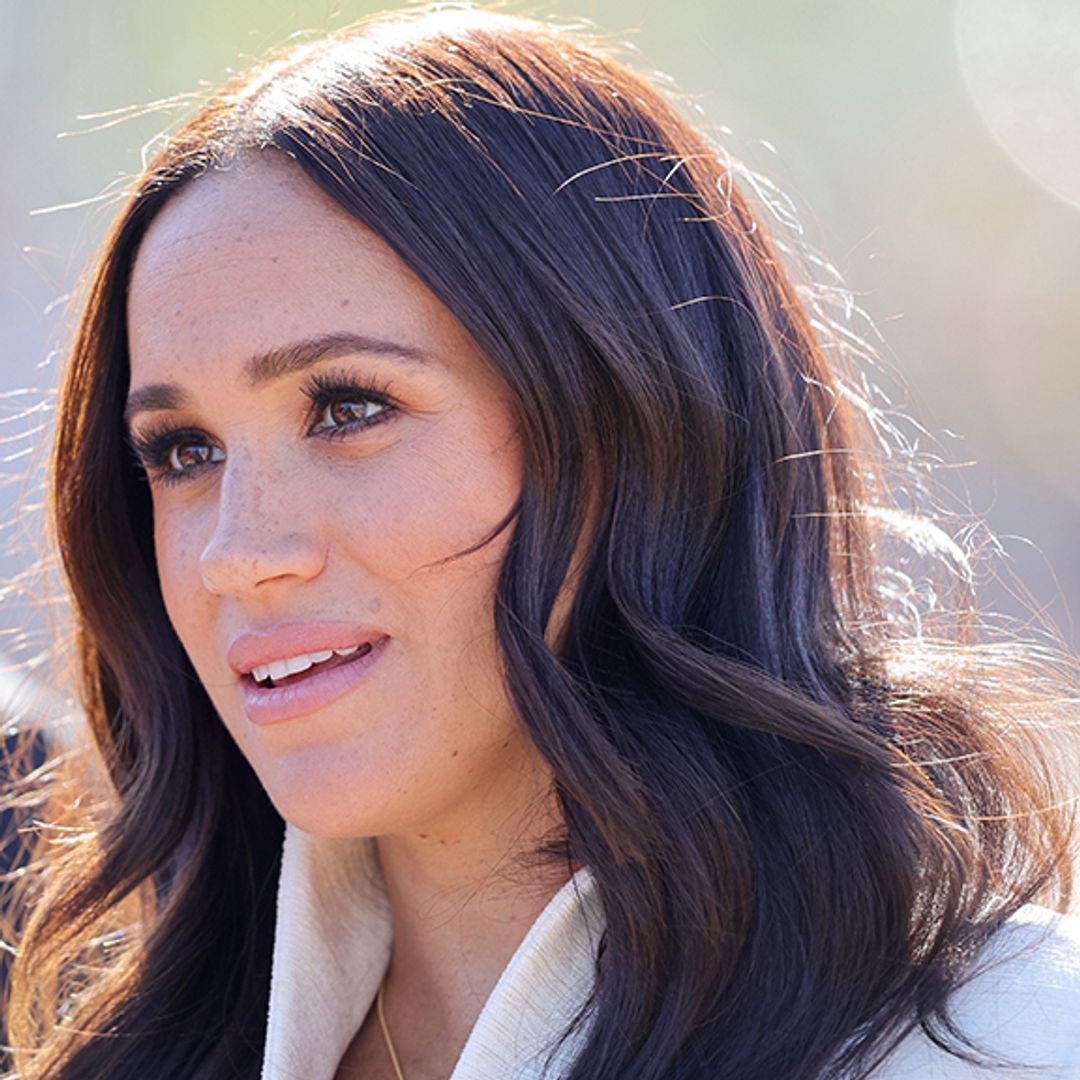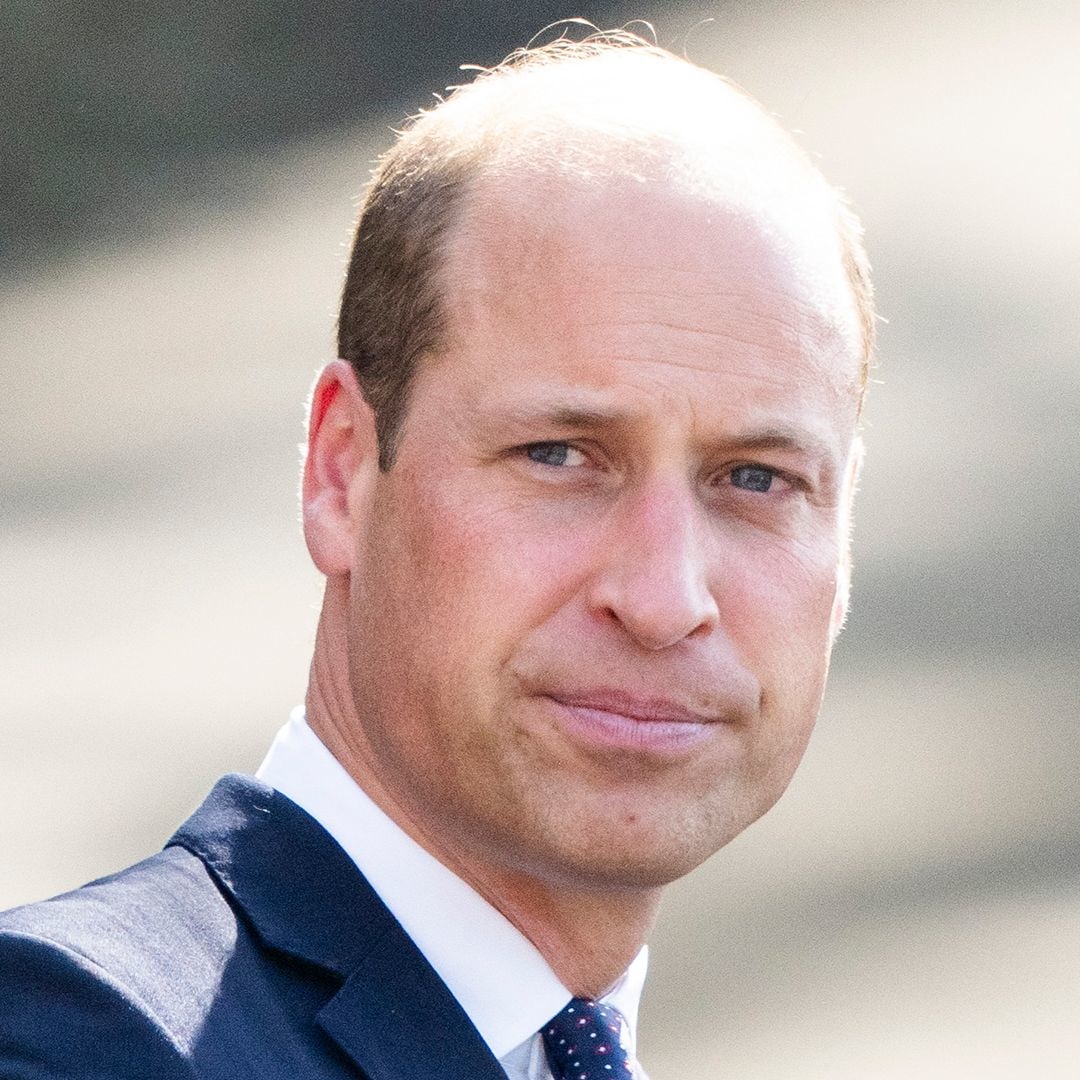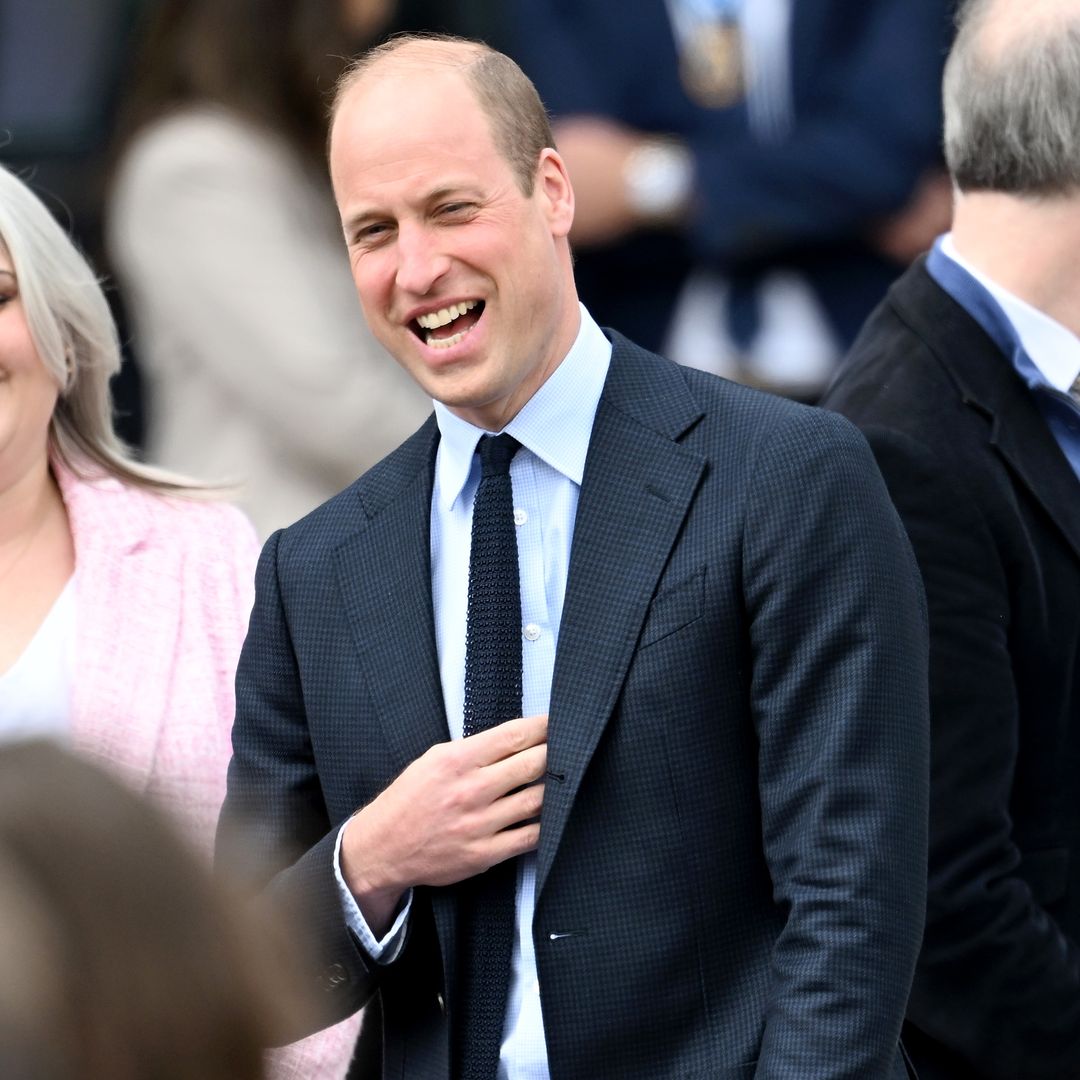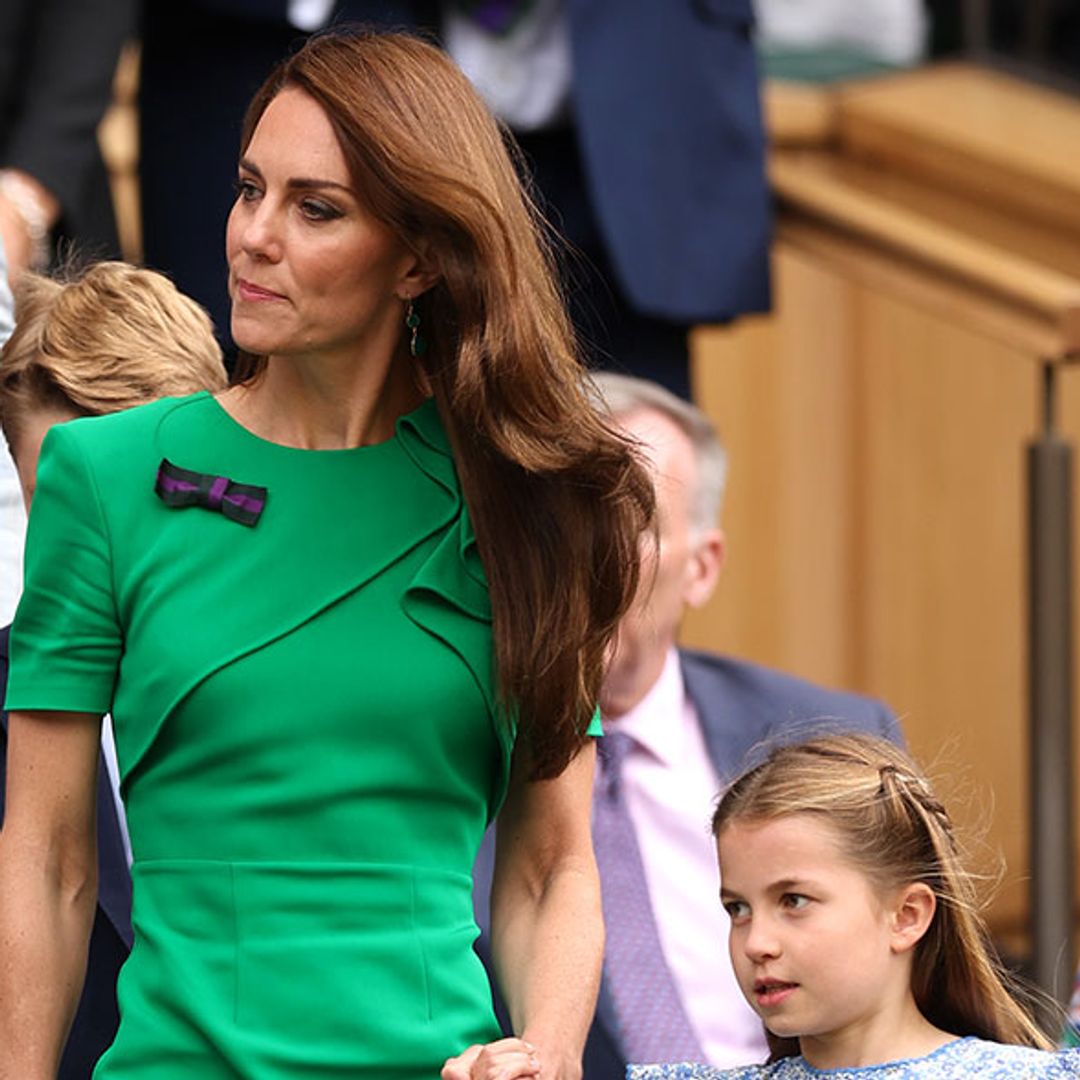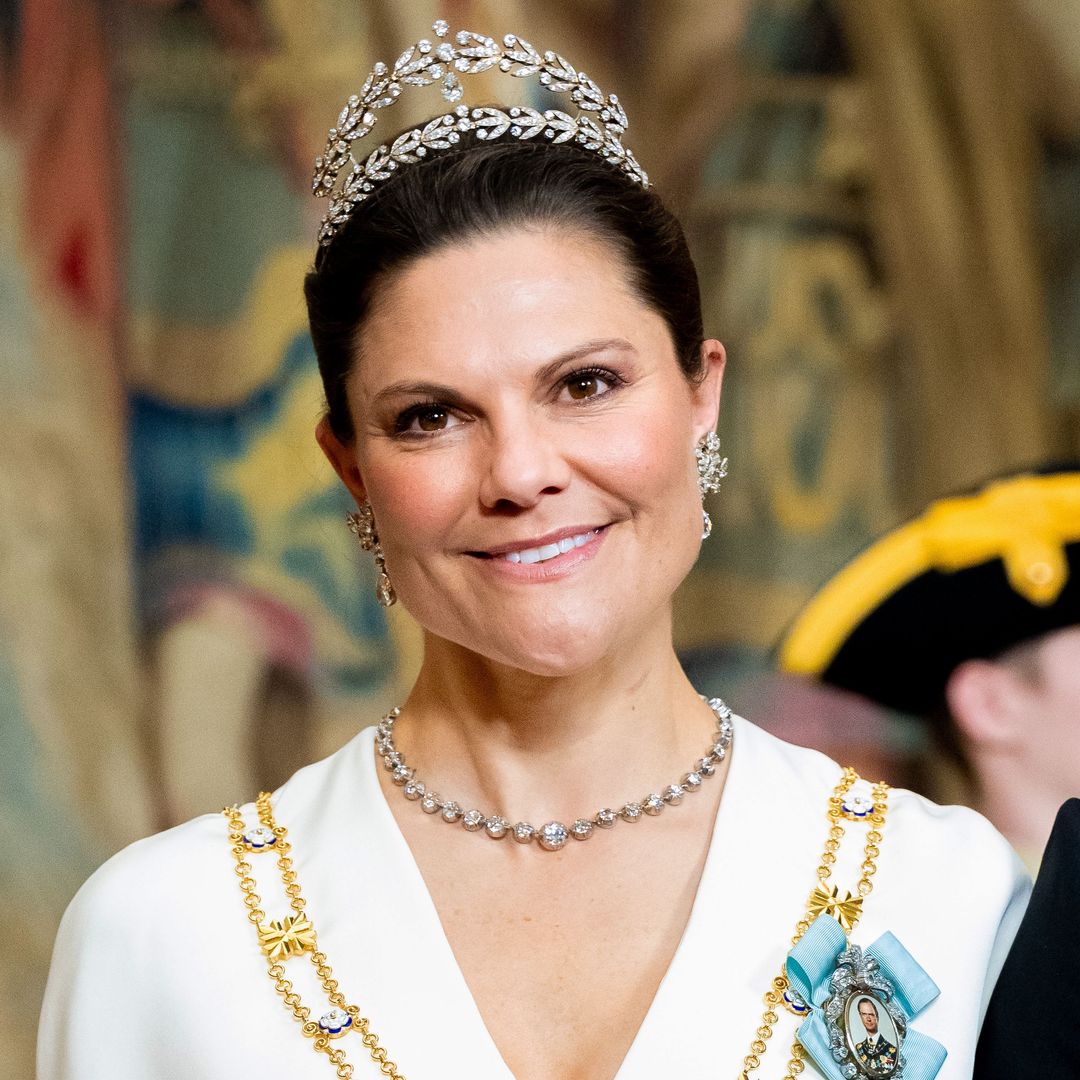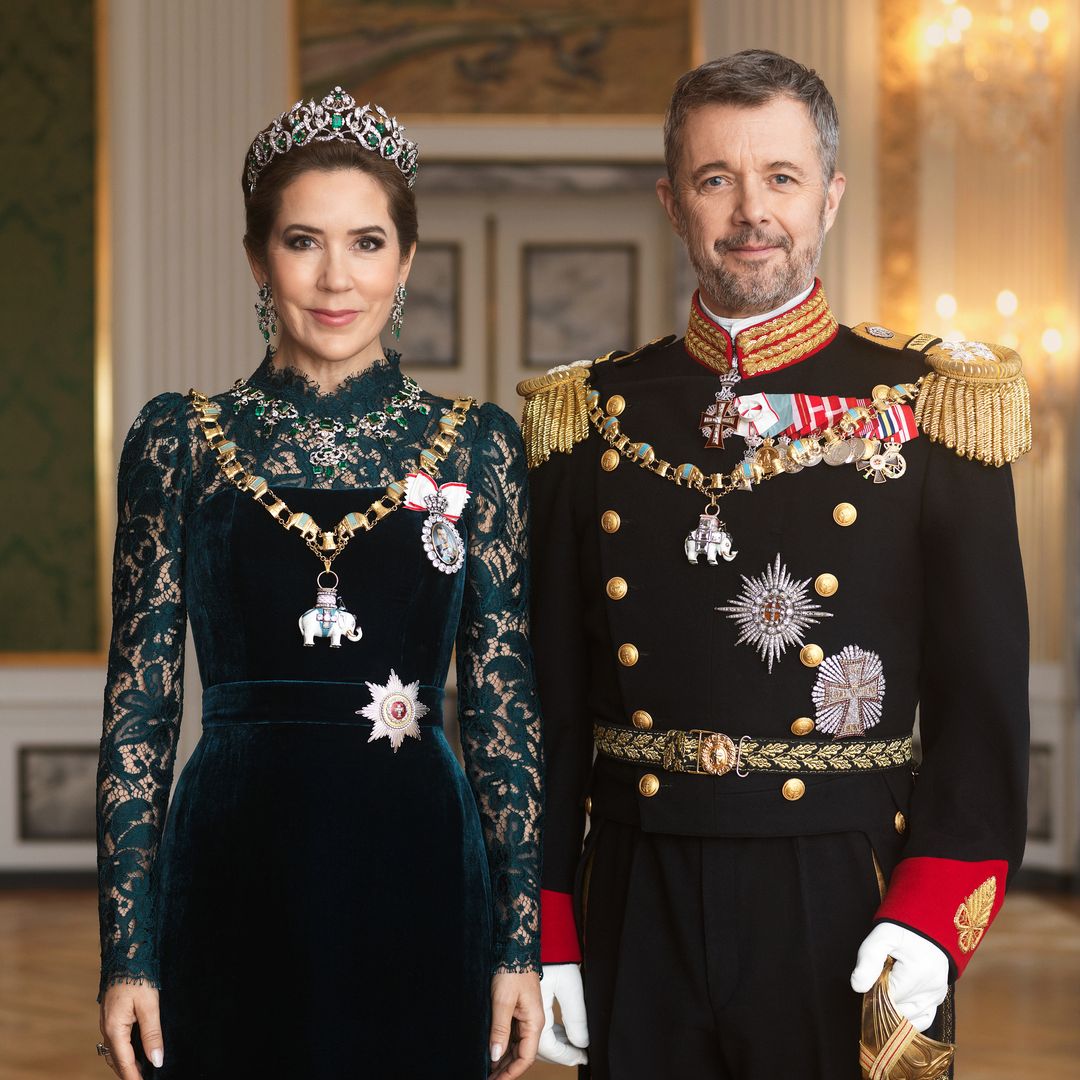The principality of Liechtenstein covers a 62-square mile area nestled between Switzerland and Austria. It's modern history begins in 1719, when Johann Adam Andreas purchased and combined the Lordship of Schellenberg and the County of Vaduz to form the principality as it is today.
At the end of the 18th century the territory was occupied by France, but became a sovereign state in 1806 after joining the Rhenish Confederation. Although it remained independent, Liechtenstein was allied politically and economically to Austria's Habsburg monarchy. Following the abolition of Austria's royal house at the end of World War I, however, Liechtenstein entered into an arrangement with Switzerland whereby the famously neutral state would represent the principality diplomatically - a pact which still stands today.
Although a sovereign state, Liechtenstein was allied both politically and economically to Austria's Habsburg monarchy. Following the abolition of Austria's royal house at the end of World War I, however, Liechtenstein entered into an arrangement with Switzerland whereby the famously neutral country would represent the principality diplomatically - a pact which still stands today.
The current Reigning Prince's father, Franz Joseph II, who ascended to the throne in 1938, is largely credited with turning Liechtenstein from an agricultural workhorse to an industrial powerhouse. His efforts initiated an unprecedented economic upswing which continues today.
In 1921, Liechtenstein became a constitutional monarchy run by hereditary princes with real, not just symbolic, power. A new constitution - much of which remains valid today - established a single-house parliament to which all 25 members are elected by the populace for four-year terms. But while the legislators draw up the laws, it is the Reigning Prince who ultimately approves them.
Upon succeeding his father in 1989, Prince Hans-Adam immediately set about lobbying for the principality's acceptance into the United Nations, a goal achieved in 1990 when Liechtenstein became the 160th, and smallest, member of the UN.
The official royal website can be found at www.fuerstenhaus.li

